1. Sedlacek A.J. Lewis E.R., Onasch T.B., Zuidema P., Redemann J., Jaffe D, and Kleinman L.I. “Using the Black Carbon Particle Mixing State to Characterize the Lifecycle of Biomass Burning Aerosols.” Environmental Science & Technology, 56 (20), 14315-14325, http://10.1021/acs.est.2c03851, 2022.
In this analysis, a team, led by Art Sedlacek at Brookhaven National Lab, used data from the Mt. Bachelor Observatory and other sites to show how secondary organic aerosols and black carbon change as wildfire smoke ages. This work has important implications for the climate forcing of smoke.
2. Jaffe, D. A., Schnieder, B., and Inouye, D. “Technical note: Use of PM2.5 to CO ratio as an indicator of wildfire smoke in urban areas.” Atmos. Chem. Phys., 22, 12695–12704, https://doi.org/10.5194/acp-
In this analysis, Dan and coauthors show how the PM2.5/CO ratio can be used to track wildfire smoke in urban locations.
3. Jaffe, D. A., Ninneman, M., & Chan, H. C. “NOx and O3 trends at U.S. non-attainment areas for 1995–2020: Influence of COVID-19 reductions and wildland fires on policy-relevant concentrations.” Journal of Geophysical Research: Atmospheres, 127, e2021JD036385. https://doi.org/10.1029/
In this analysis, Dan and coauthors examined data from 32 Nonattainment areas in the US (cities that fail to meet the US ozone standard) to better understand the relationship between nitrogen oxides (mainly from vehicles) and Ozone. The analysis showed how ozone was reduced in 2020 in the Eastern U.S. (due to COVID-19 related traffic reductions) but increased in the Western U.S. due to the large number and area of wildfires burning that year.
4. Bernays, N., Jaffe, D. A., Petropavlovskikh, I., and Effertz, P. Comment on “Comparison of ozone measurement methods in biomass burning smoke: an evaluation under field and laboratory conditions” by Long et al. Atmos. Meas. Tech., 15, 3189–3192, https://doi.org/10.5194/amt-
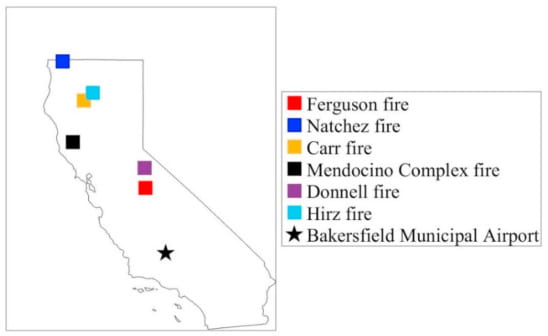
 Congratulations to Dan Jaffe on his election to the
Congratulations to Dan Jaffe on his election to the 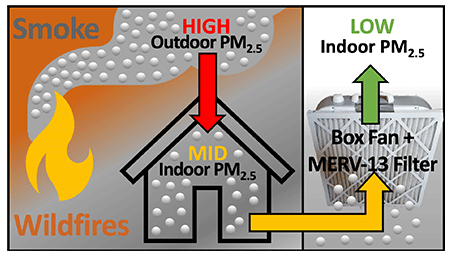
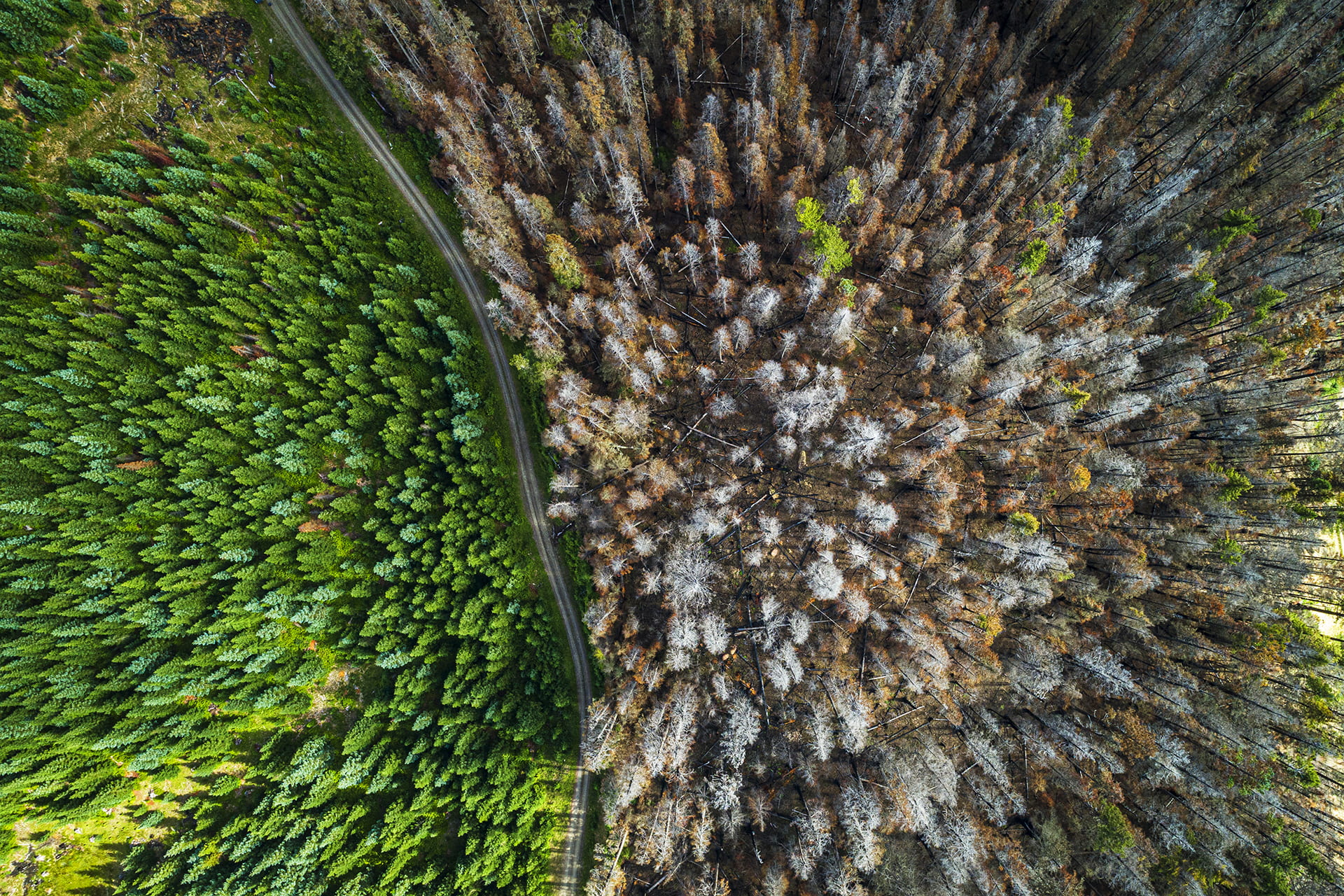
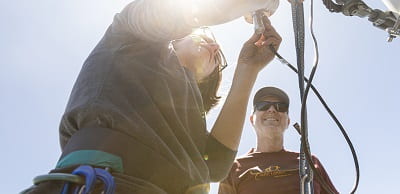
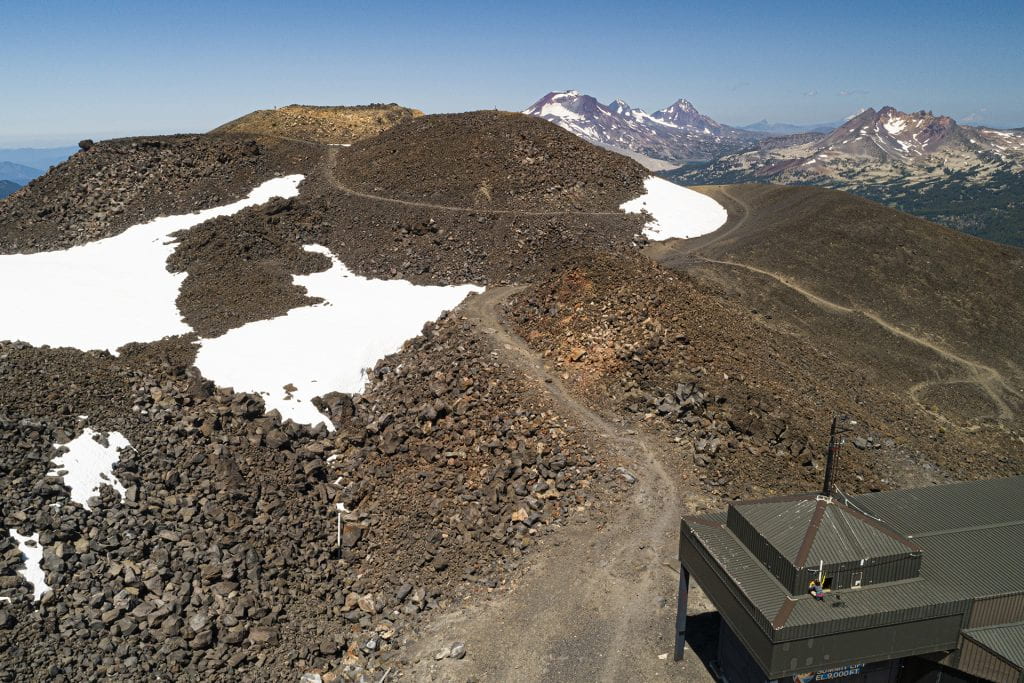
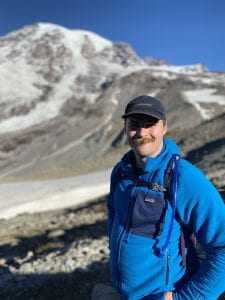 We are pleased to announce that Nate May has joined our group as a post-doctoral scholar! In his new position, Nate will be utilizing his atmospheric aerosol research experience to study indoor air quality, including the impacts of wildfire smoke events, and to contribute to the ongoing field studies at the Mount Bachelor Observatory. Nate is looking forward to “the opportunity to do field work at the Mount Bachelor Observatory and contribute to research on the increasingly important issue of air quality, and more generally returning to atmospheric research after teaching for the past two years.”
We are pleased to announce that Nate May has joined our group as a post-doctoral scholar! In his new position, Nate will be utilizing his atmospheric aerosol research experience to study indoor air quality, including the impacts of wildfire smoke events, and to contribute to the ongoing field studies at the Mount Bachelor Observatory. Nate is looking forward to “the opportunity to do field work at the Mount Bachelor Observatory and contribute to research on the increasingly important issue of air quality, and more generally returning to atmospheric research after teaching for the past two years.”